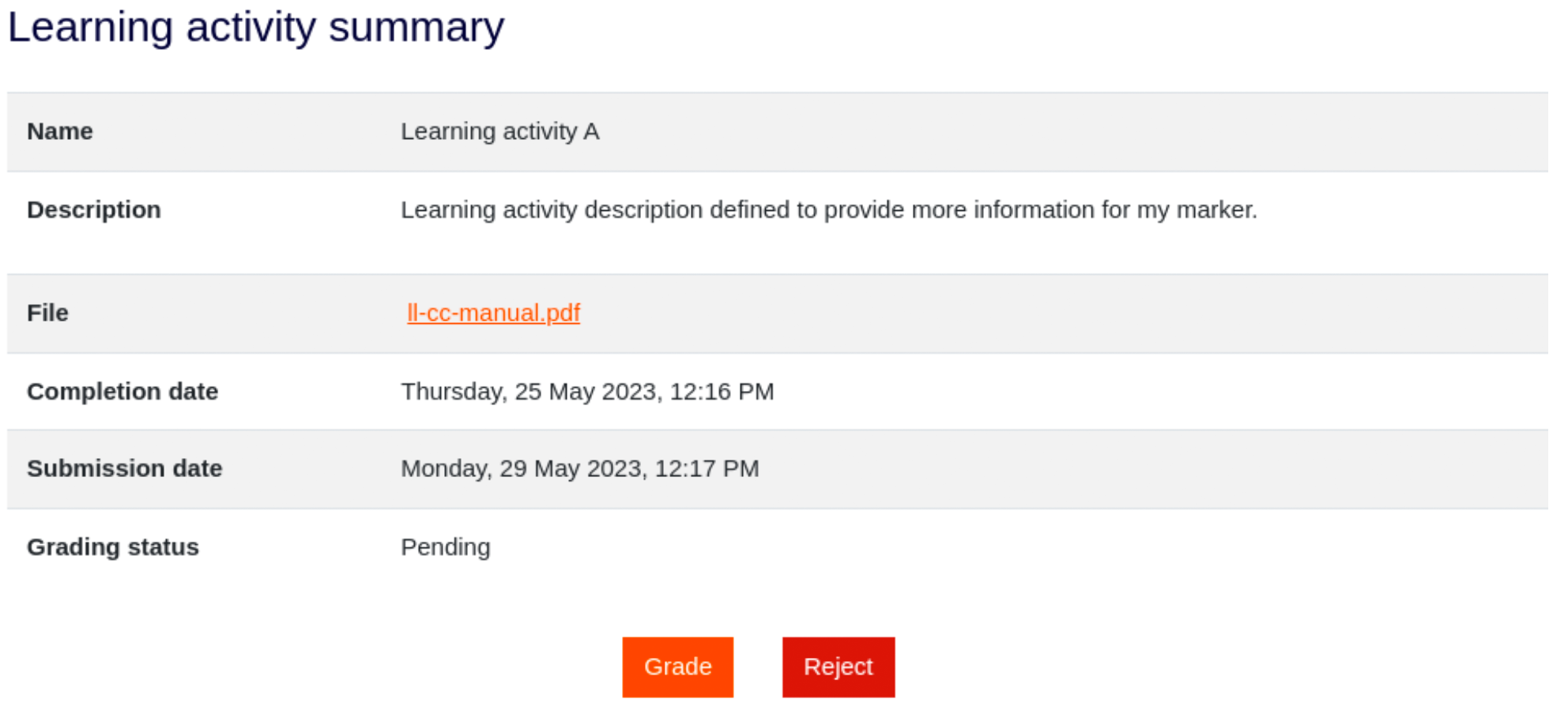
Lingel Learning Celebrates 4th Consecutive Win as Moodle Certified Partner of the Year
We are excited to share that Lingel Learning has once again been recognized as the Moodle Certified Partner of the Year for 2024! This prestigious award marks our fourth consecutive win, a testament to our unwavering commitment to delivering excellence in the eLearning space and supporting our clients with outstanding Moodle-based solutions.
As a long-standing Moodle Certified Partner, we are proud to be part of an exceptional global community that shares our passion for providing innovative, flexible, and learner-centered platforms. Over the years, our team has worked closely with educational institutions, corporations, and government organizations to implement tailored Moodle solutions that meet their unique training and learning needs. Receiving this award for the fourth time reaffirms our dedication to staying at the forefront of educational technology.
What This Award Means to Us
Winning the Moodle Certified Partner of the Year award for four consecutive years is a significant achievement for Lingel Learning. It reflects the hard work, passion, and expertise that our team pours into every project. Whether we’re designing intuitive user experiences, creating custom plugins, or providing ongoing support, our focus is always on empowering educators and learners.
We couldn’t have reached this milestone without the trust of our clients and partners. Your collaboration has been essential in pushing us to continuously innovate and improve. We’re especially proud of the impact our solutions have had on learning outcomes and engagement across various sectors, including education, corporate training, and not-for-profit organizations.
Why Lingel Learning?
At Lingel Learning, we believe in the transformative power of education. Our approach goes beyond technology — we take the time to understand the goals and challenges of each client, delivering solutions that align with their needs. As a Moodle Certified Partner, we are held to the highest standards of technical expertise, support, and customer satisfaction, ensuring that our clients receive the best possible eLearning experience.
We offer a full range of services, including:
- Hosting: Secure and reliable hosting options designed to support scalability and performance.
- Moodle development: Custom plugins, themes, and integrations tailored to your organization.
- Training: Comprehensive training for administrators and educators to make the most of Moodle’s powerful features.
- Support: Dedicated technical support to ensure seamless operation and user experience.
Looking Ahead
As we celebrate our fourth consecutive award, we are energized and excited about the future. The eLearning landscape continues to evolve, and we are committed to driving innovation in Moodle solutions to meet the changing needs of educators and learners. With new features, advancements in user experience, and a deeper focus on personalisation, we’re confident that the best is yet to come.
Thank you to everyone who has been part of our journey so far. We look forward to continuing to provide world-class eLearning solutions and empowering more organisations to achieve their learning and development goals.
Here’s to another year of innovation and success!




















Recent Comments